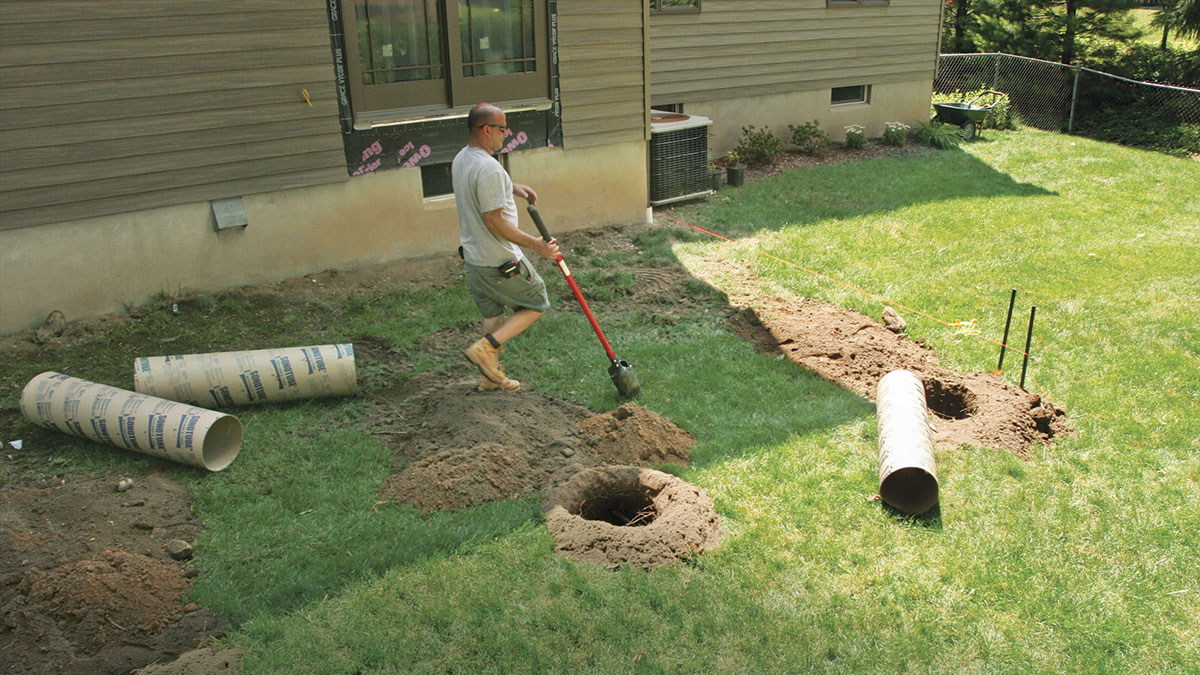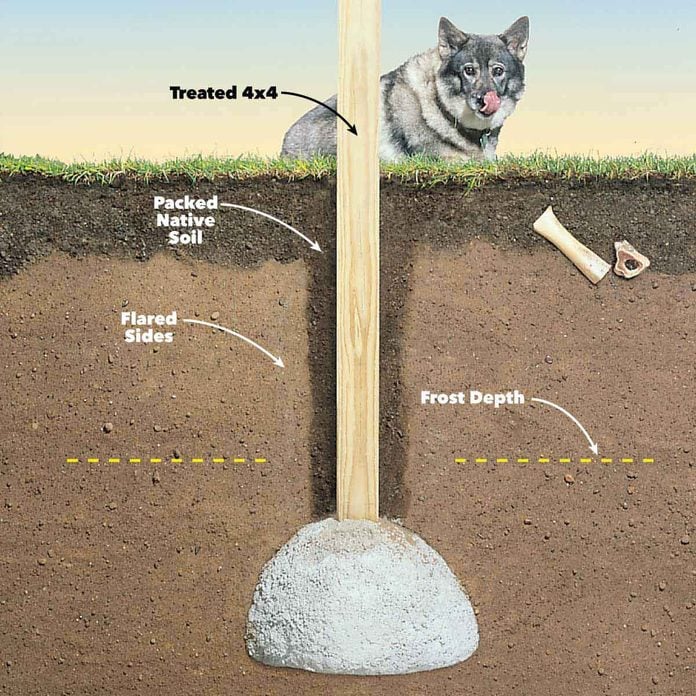Deck Footings Demystified: Your Plan for a Safe, Durable Outdoor Place
Deck Footings Demystified: Your Plan for a Safe, Durable Outdoor Place
Blog Article
Specialist Tips for Installing Deck Footings to Assistance Your Outdoor Space
When it comes to constructing a deck, one of the most important aspects to think about is the setup of appropriate grounds. These footings are the foundation upon which your outdoor space will rest, offering stability and assistance for years to come. What exactly does it take to install deck grounds appropriately?
Relevance of Correct Deck Footings
Correct deck footings are necessary for making sure the stability and long life of your outdoor area. When building a deck, it is crucial to pay interest to the structure on which it will rest. Deck grounds offer the necessary support for the whole structure and help disperse the weight uniformly - Deck Footings. Without strong and correctly set up grounds, your deck might become unstable, leading to safety and security threats and expensive repairs.

Along with stability, proper deck grounds likewise add to the durability of your outdoor room (Deck Footings). Footings that are designed and constructed to withstand the components and soil problems in your location will certainly help protect against the deck from moving or working out gradually. By guaranteeing the grounds are effectively sized and set up, you can lessen the threat of damage to the deck framework, expanding its life expectancy and decreasing the demand for expensive repairs or substitutes

Selecting the Right Kind Of Grounds
When picking the appropriate sort of footings for your deck, it is essential to take into consideration aspects such as dirt problems, regional building ordinance, and the general layout of your exterior room. The kind of footing you select will certainly play a crucial role in ensuring the security and long life of your deck.
One typical kind of footing is the concrete footing. Concrete footings appropriate for many dirt problems and give excellent support for decks. They are commonly installed below the frost line to avoid moving and clearing up because of cold and thawing cycles. An additional alternative is helical piers, which are ideal for areas with unsteady dirt or high water tables. These piers are screwed right into the ground and supply solid assistance for the deck.
Sometimes, you may need to use specialized footings, such as pile footings or deep foundations, if you are constructing a multi-level or huge deck. These grounds are made to disperse the weight of the deck over a bigger area, making sure stability and protecting against resolving or sinking.
Prior to selecting a type of footing, it is necessary to seek advice from regional building regulations and regulations to ensure compliance. In addition, take into consideration the style and intended use of your outdoor room. Aspects such as the size, shape, and load-bearing requirements of your deck will certainly influence the kind of footing that is most suitable.
Preparing the Ground for Footing Installment
To effectively prepare the ground for footing installation, it is vital to examine the soil problems and take necessary steps to make certain security and sturdiness of the deck. The first step is to dig deep into the location where the footings will certainly be installed.
When the location has been excavated, the next step is to portable the soil. This can be done utilizing a plate compactor or by utilizing a hand meddle. Condensing the dirt assists to eliminate any gaps or air pockets, which can More Help result in resolving and instability over time.
After compacting the dirt, it is necessary to lay a layer of crushed rock or smashed stone at the end of the excavation. This will give drain and assistance to stop water from pooling around the footings, which can cause erosion and instability.
Step-by-Step Guide to Installing Deck Footings
After appropriately preparing the ground for footing installment, the following action is to begin the process of installing deck footings. This step-by-step overview will certainly provide you with a clear understanding of how to install deck footings for your outside room.
Determine the location: Start by marking the positions of the deck footings utilizing risks and string. Ensure that the places straighten with the layout and format of your deck.
Dig the openings: Make use of a blog post hole miner or an auger to dig the holes for the footings. The depth and size of the holes ought to be in accordance with local building codes and the certain needs of your deck style.
Level the holes: Use a level to guarantee that the holes are dug to the proper deepness and are degree with each other. (Deck Footings)
Include crushed rock: Location a layer of gravel at the bottom of each opening to boost water drainage and protect against the timber from decomposing.
Place the footings: Put the footings right into the holes, making certain they are level and plumb. Use a degree and a determining tape to make sure accuracy.
Safeguard the grounds: Put concrete into the openings around the grounds, loading them to the top. Use a blog post degree to guarantee the footings remain level as the concrete collections.
Enable time for curing: Allow the concrete remedy according to the producer's instructions prior to waging the deck building.
Usual Blunders to Prevent During Footing Installment
One essential facet to take into consideration throughout the setup of deck grounds is preventing usual errors that can compromise the security and durability of your exterior area. While deck grounds might appear like a basic and straightforward component of the building and construction procedure, neglecting specific elements can cause costly fixings and prospective safety and security risks her response down the line.

Furthermore, neglecting to set up proper drainage procedures can cause water to collect around the footings, causing rot, decay, and the ultimate weakening of the deck's foundation. In addition, using the incorrect sort of footing product or failing to effectively protect the footings can endanger their structural honesty.
To avoid these errors, it is necessary to speak with a specialist or follow industry guidelines to make certain proper footing setup. By doing so, you can ensure the stability and durability of your exterior space, providing a risk-free and enjoyable setting for several years ahead.
Conclusion
Finally, mounting correct deck grounds is essential for the stability and durability of your exterior room. By picking the right kind of footings and sufficiently preparing the ground, you can ensure a solid structure for your deck. Adhering to a step-by-step overview and staying clear of typical errors throughout footing setup will even more boost the durability and safety and security of your deck.
Correct deck grounds are crucial for ensuring the stability and longevity of your exterior room. The grounds serve as a connection between the deck and the ground, allowing the weight of the deck and its owners to be spread uniformly right into the dirt.One common type of ground is the concrete footing. Insert the footings: Place the grounds into the holes, making certain they are degree and plumb. Secure article source the grounds: Pour concrete into the openings around the footings, filling them to the top.
Report this page